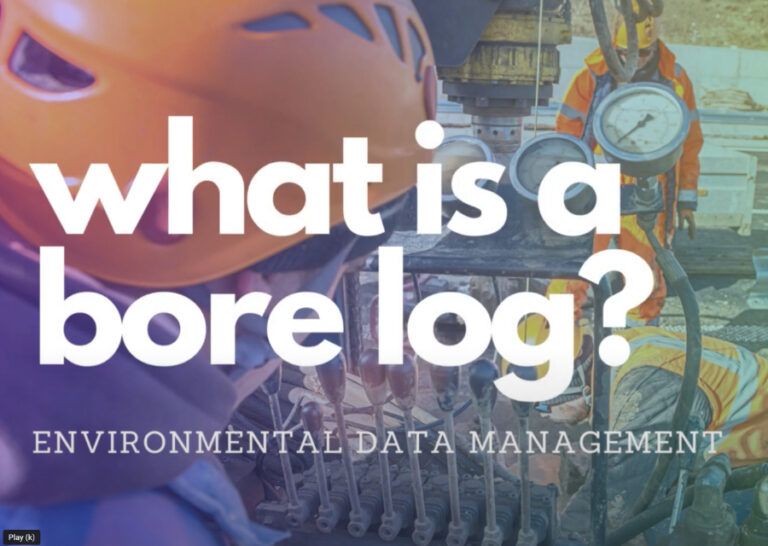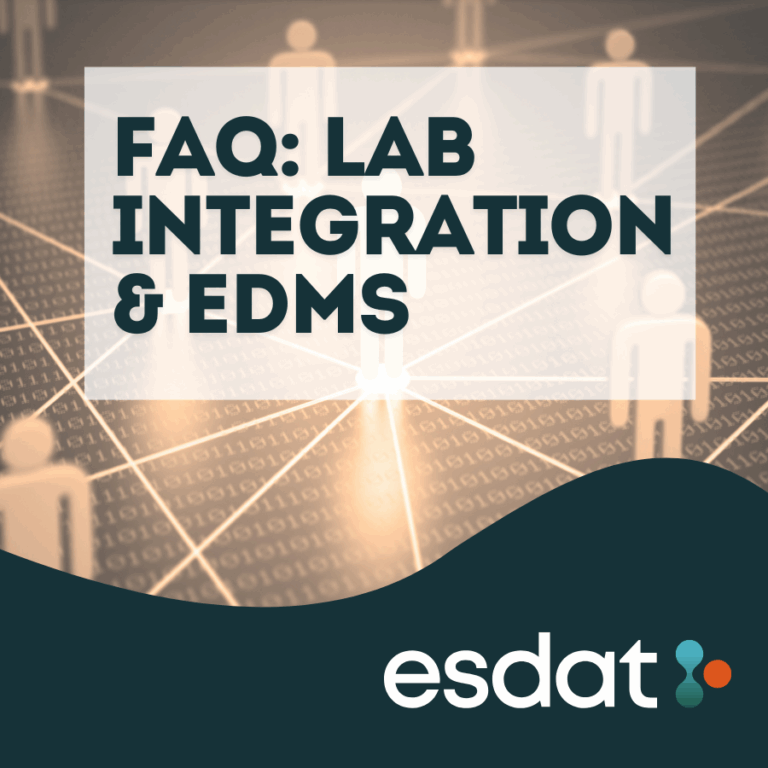Purpose and Scope of GA RRS
GA RRS Rule 391-3-19-.07 sets guidelines for compliance with the Hazardous Site Response Act (HSRA) requirements for corrective actions related to regulated substance releases at sites listed on the Hazardous Site Inventory. These standards aim to protect human health and the environment adequately. Compliance with these standards does not exempt entities from adhering to stricter standards imposed by other state or federal laws.

Health-Based Criteria Derivation
The rule specifies that cleanup standards must calculate the risk to human health for substances that can cause cancer and other adverse health effects. Groundwater and soil standards are derived using specific equations from Risk Assessment Guidance for Superfund (RAGS) Parts B, E, and F. Mutagenic carcinogens require age-dependent adjustment factors.
Corrective Action Requirements
Corrective action is deemed complete when the site meets the specified risk reduction standards, which include ensuring the soil exhibits no hazardous waste characteristics (ignitability, corrosivity, or reactivity) and protecting water bodies from releases of substances in concentrations exceeding acceptable levels.
Risk Reduction Standards for Properties
The rule differentiates standards based on the property’s use (residential or non-residential). It outlines specific criteria for soil and groundwater at these properties, ensuring that remediation efforts meet the established risk reduction thresholds.
Type-Specific Standards
- Type 1-4 Standards: These vary based on the use scenario (residential vs. non-residential) and detail the necessary criteria for soil and groundwater, including preventing food chain contamination and adverse effects on vegetation, wildlife, and human health.
- Type 5 Standards: apply where Types 1-4 are impracticable. They use control measures such as fencing or capping and require long-term monitoring and maintenance. Compliance must ensure that the contamination stays within specified limits and poses no significant risk to health or the environment.
Historical Amendments
Officials adopted the rule on July 21, 1994, and made subsequent amendments in 1999, 2003, and 2018 to update the standards and ensure their continued effectiveness in protecting public health and the environment.
This rule reflects a comprehensive framework designed to effectively manage and mitigate the risks associated with hazardous site contamination.
ESdat comes with a pre-compiled library of regulatory guidelines.
- US, Canadian, Australian, NZ, UK and other regulatory guidelines pre-loaded.
- Add your own environmental standards or site limits as needed.
- Receive real-time alerts for guideline exceedances
- pH / Hardness/depth & matrix dependencies supported.
- Compare against lab and field results on Chemistry Tables, Maps, Graphs and more







[…] GA RRS: Georgia Administrative Code Rule 391-3-19-.07: Risk Reduction Standards Summary […]